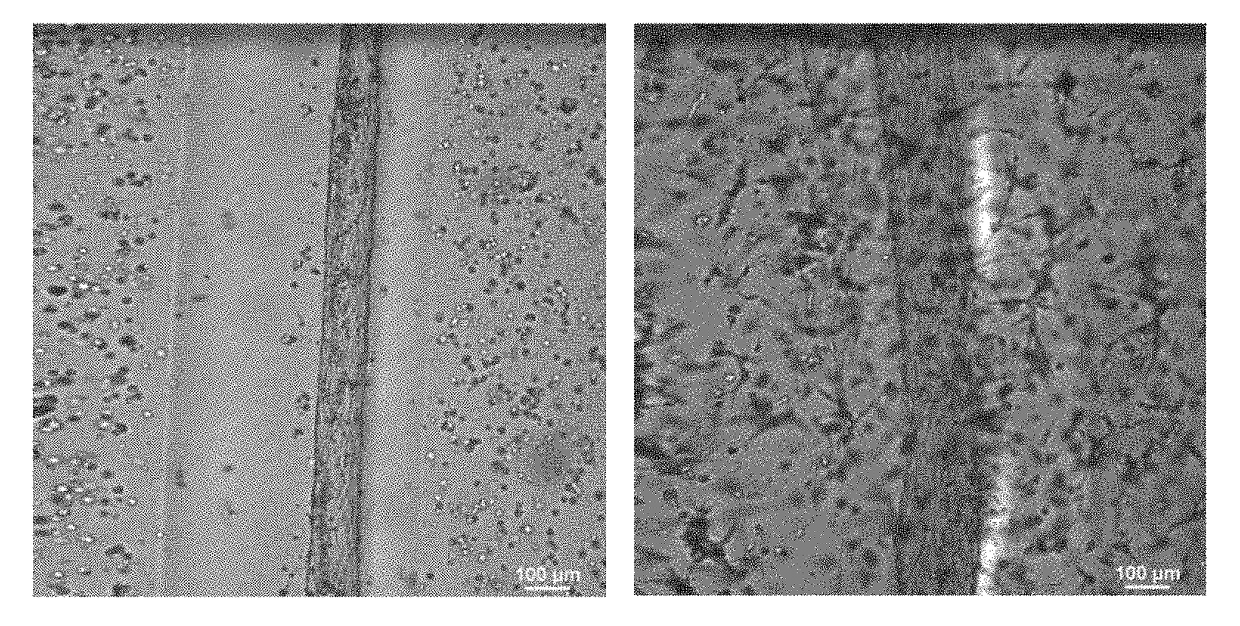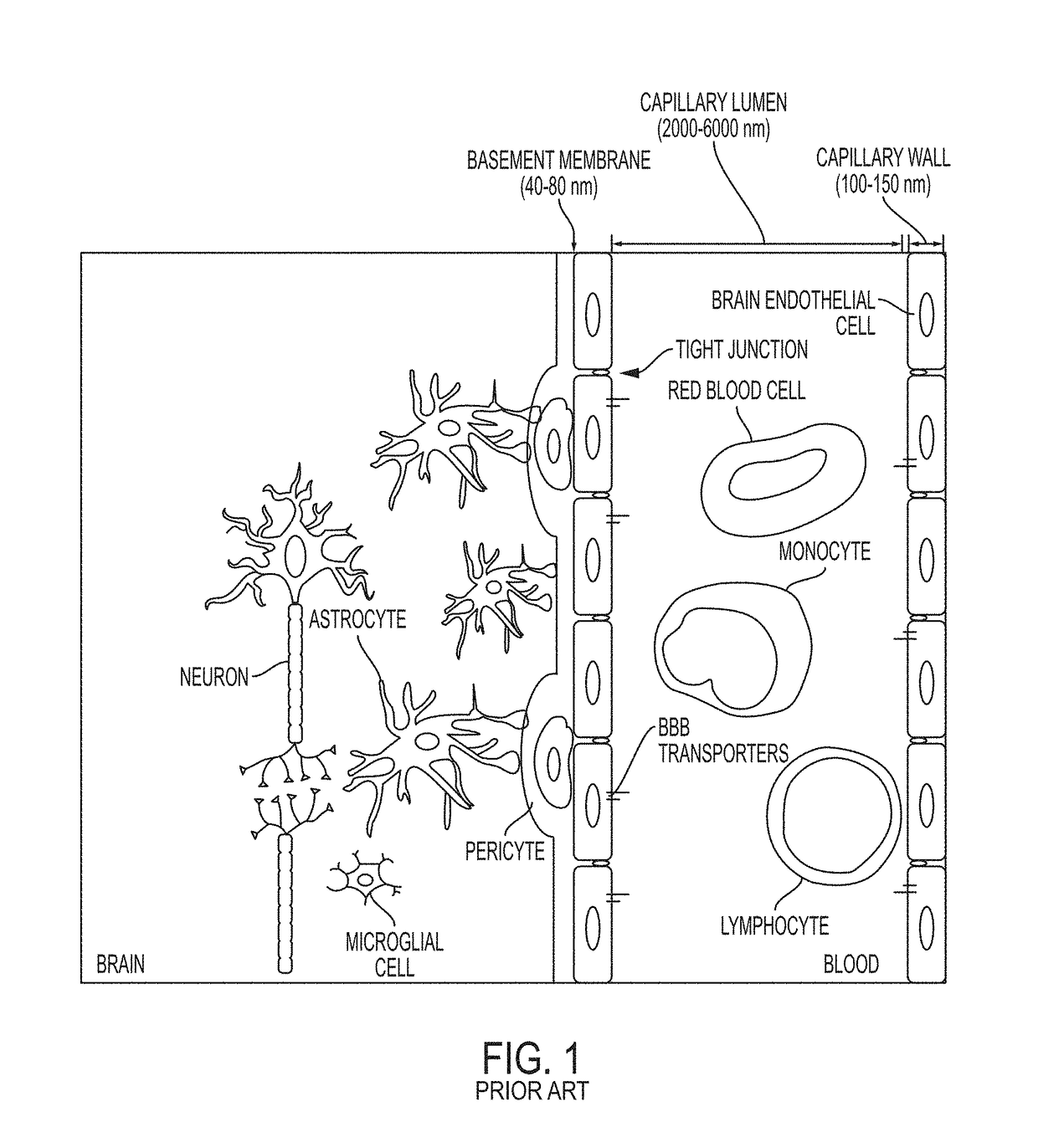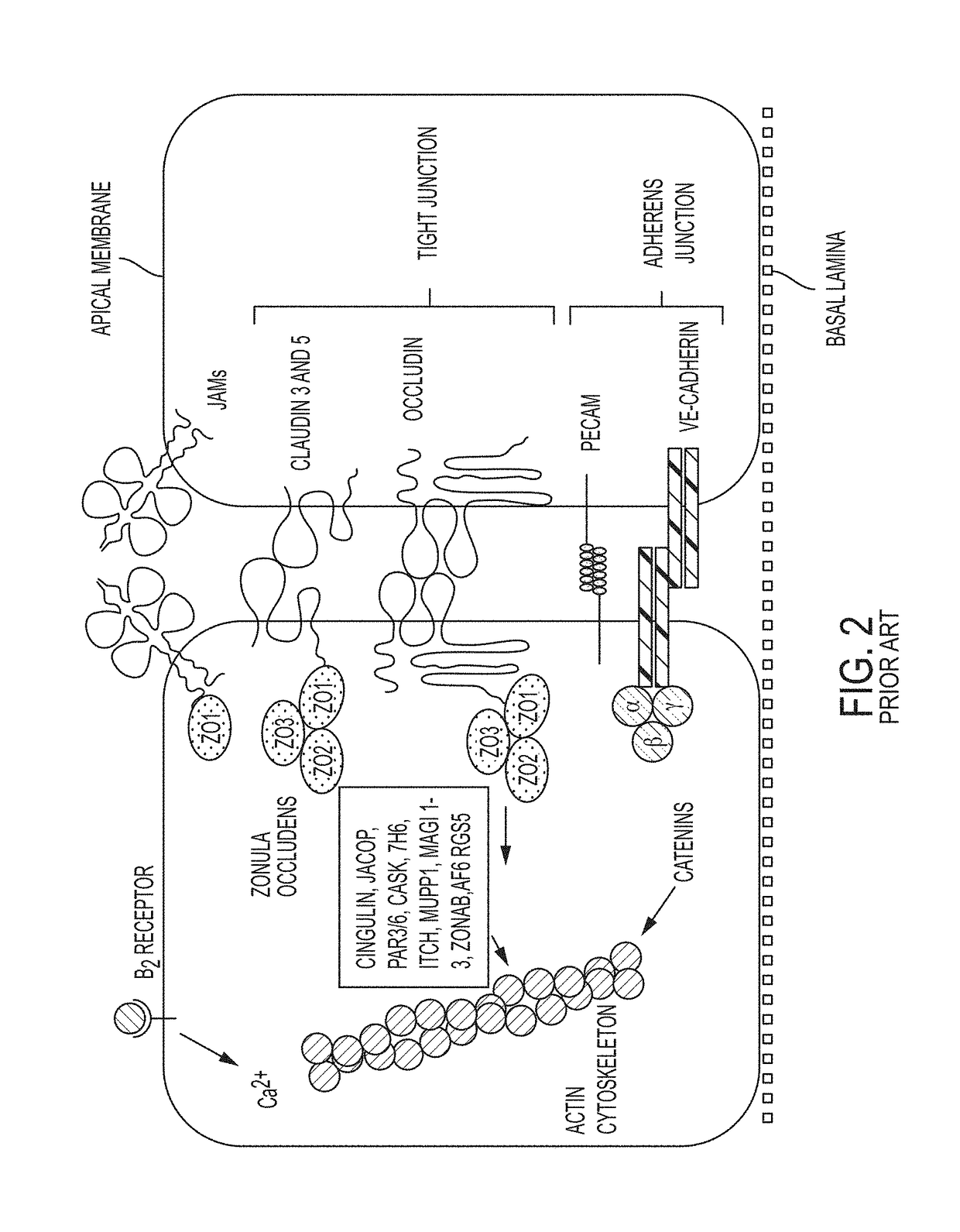Modeling Blood-Brain Barrier in Vitro
a blood-brain barrier and model technology, applied in blood vessels, nervous system cells, biochemistry apparatus and processes, etc., can solve the problems of inability to harvest and maintain suitable bmec cultures, lack of tj genes sufficient expression, and difficulty in long-term studies, and achieve the effect of superior blood brain barrier models
- Summary
- Abstract
- Description
- Claims
- Application Information
AI Technical Summary
Benefits of technology
Problems solved by technology
Method used
Image
Examples
Embodiment Construction
[0020]Definitions
[0021]Before describing the present invention in detail, it is to be understood that the terminology used in the specification is for the purpose of describing particular embodiments, and is not necessarily intended to be limiting. Although many methods, structures and materials similar, modified, or equivalent to those described herein can be used in the practice of the present invention without undue experimentation, the preferred methods, structures and materials are described herein. In describing and claiming the present invention, the following terminology will be used in accordance with the definitions set out below.
[0022]As used herein, the singular forms “a”, “an,” and “the” do not preclude plural referents, unless the content clearly dictates otherwise.
[0023]As used herein, the term “and / or” includes any and all combinations of one or more of the associated listed items.
[0024]As used herein, the term “about” when used in conjunction with a stated numerical...
PUM
| Property | Measurement | Unit |
|---|---|---|
| outer diameter | aaaaa | aaaaa |
| outer diameter | aaaaa | aaaaa |
| length | aaaaa | aaaaa |
Abstract
Description
Claims
Application Information
 Login to view more
Login to view more - R&D Engineer
- R&D Manager
- IP Professional
- Industry Leading Data Capabilities
- Powerful AI technology
- Patent DNA Extraction
Browse by: Latest US Patents, China's latest patents, Technical Efficacy Thesaurus, Application Domain, Technology Topic.
© 2024 PatSnap. All rights reserved.Legal|Privacy policy|Modern Slavery Act Transparency Statement|Sitemap



